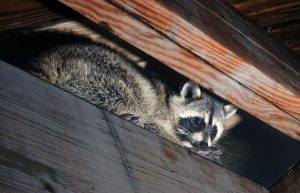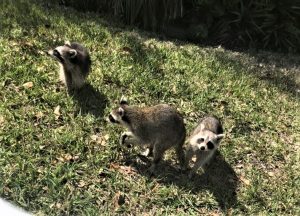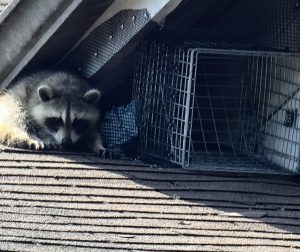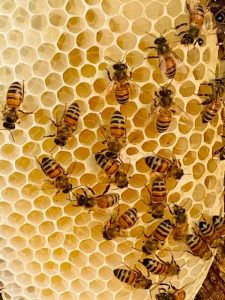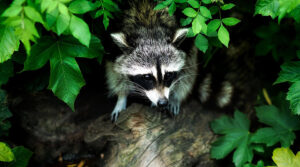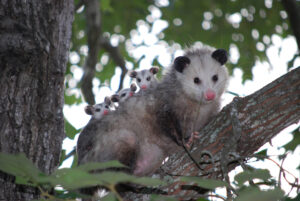Humans provide the resources animals need to satisfy their basic needs — food, shelter, and water. Animals take up residence in your home or on your property because they found something to satisfy those needs. Generally, a wild animal makes a lousy house guest. Nuisance wildlife on your property or in your home causes damage, spreads different diseases, and impacts your quality of life.
Dallas has a humid, subtropical climate with hot summers. You are most likely to experience nuisance wildlife in your home in the spring. If an animal is living in your attic, the hot summer temperature drives it out of your attic.
Fort Worth might be a busy city. But it still offers wildlife plenty of habitats to call home. In addition to any available Blackland prairie or Cross Timbers habitat, the city itself provides scrappy animals with opportunities to thrive in the bustling urban and suburban settings.
As a warm climate, you are more likely to encounter wildlife issues in your home during the spring and fall month. High temperatures keep most critters out of your attic throughout the hot summers. But a mild winter means wildlife is active and ready to move in, almost any time of the year.
Located in the Cross Timbers and Prairie region, the area transition between Pineywoods of East Texas and the West Texas panhandle. The patches of woodland running north-south sprinkled with grassland prairies are home to beavers, raccoons, porcupines, deer, armadillos, snakes, squirrels, and ringtails. The Blackland Prairie within the Cross Timbers is one of the most altered regions in the state.
The combination of urban sprawl and agricultural land can increase the chances of human-wildlife conflicts. Animals like raccoons, opossums, and rodents have adapted to live close to people. If competitors or predators are less common, species can increase to pest proportions.
Brad Woods
Most Common Wildlife in Dallas-Fort Worth
